Replicas of Ancient Nautical Navigational Instruments
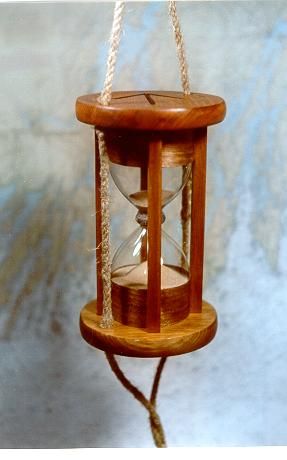
I made this replica of a 30 minute Watch Glass recovered from the wreck of HMS Invincible.
Invincible sank in February 1758 when she grounded on a sandbank in the Solent.
I am interested in ancient nautical navigational techniques. To study them I build my own replicas of navigational instruments from the 15th through 19th century.
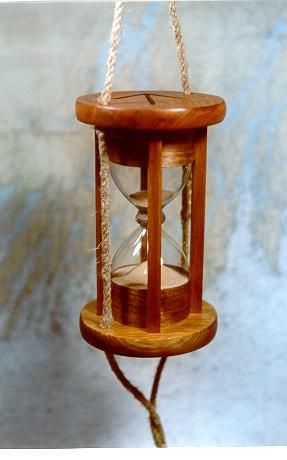
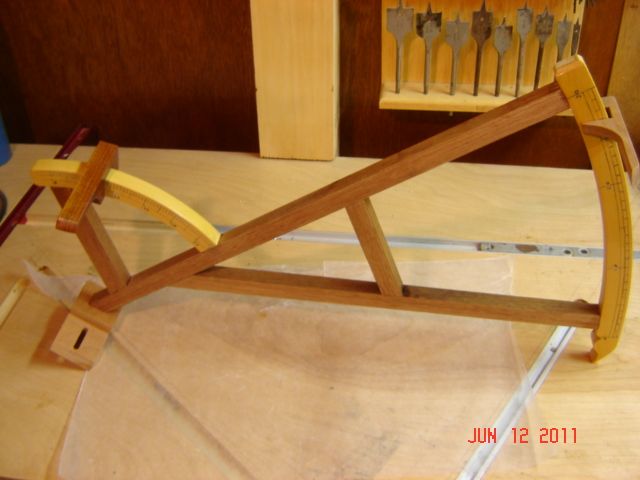
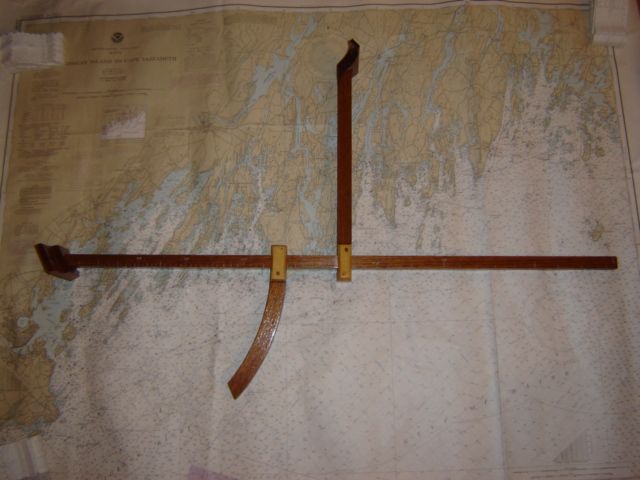
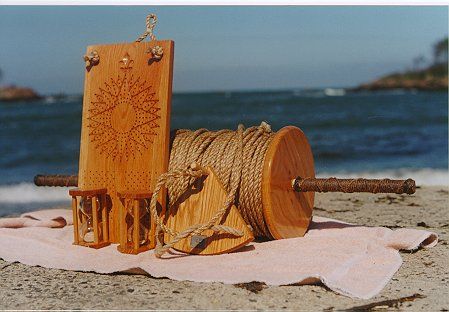
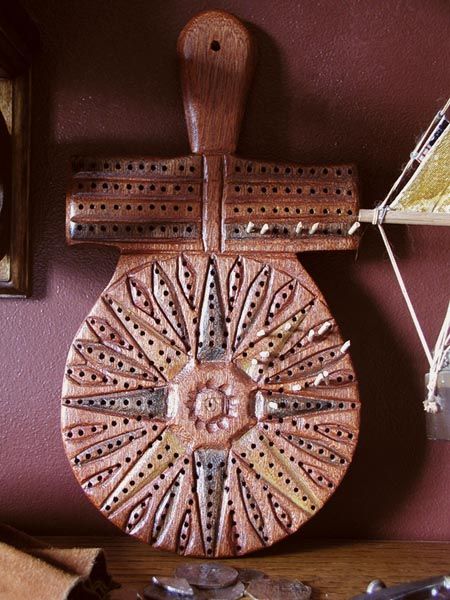


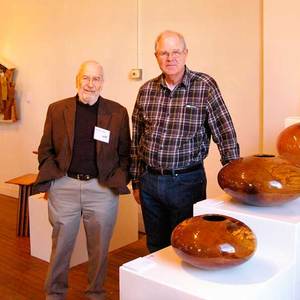
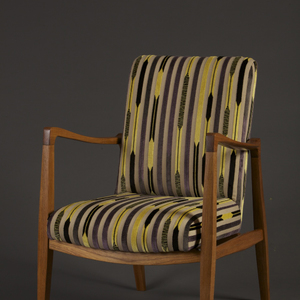
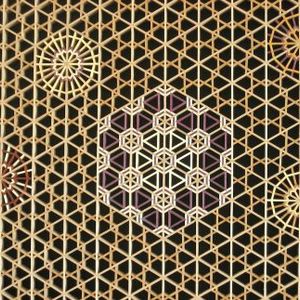
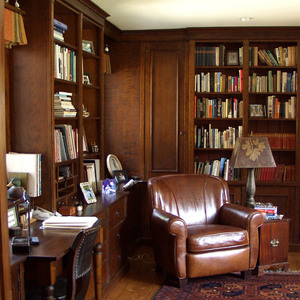












Comments
Wow. Really admiring your work. Great woodworking projects.
Petty question for you: is there a reason you don't singe off (or otherwise remove)the stray fibers from your rope?
It's hard to tell from that photo but the rope is continuous with two eyes at either end. That way you can turn the glass upside down to start the timing. There is enough distance in the rope for the glass to slide along the rope. That's the source of the stray fibers.
And thanks for your kind words
Makes sense. The rope spliced? Or relaid like when making a grommet? I'm not sure what you mean by continuous.
Yes the rope is long spliced hemp. Grommets were made at either end by pinching a loop and securing it with marline.
Log in or create an account to post a comment.
Sign up Log in